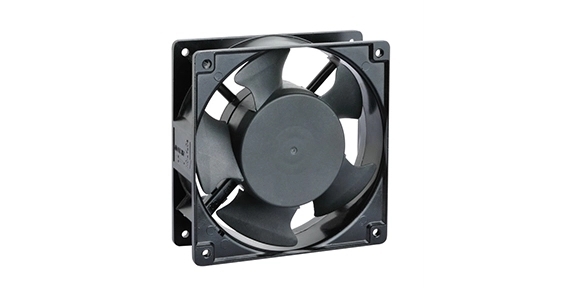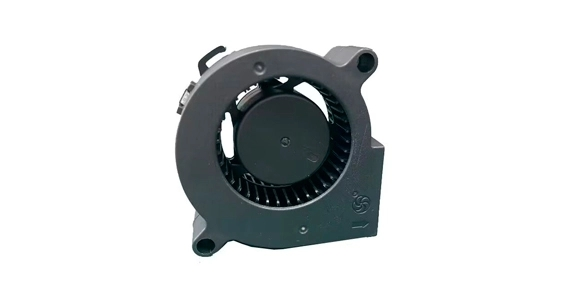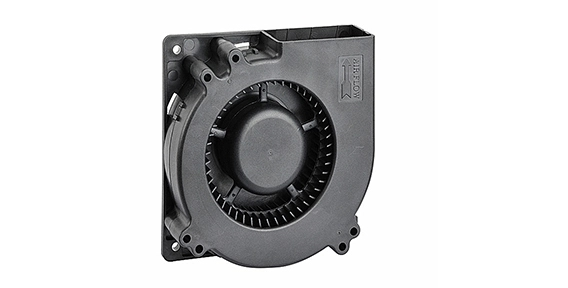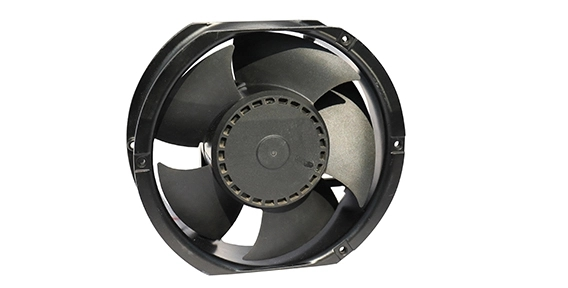Deciphering AC Centrifugal Fan Dynamics
Centrifugal fans, often hailed for their efficiency in various applications, derive their power from the principle of centrifugal force. Unlike axial fans, which propel air linearly through the fan blades, centrifugal fans draw air into the center and expel it at a right angle. This centrifugal motion enables these fans to generate higher pressure, making them adept at overcoming resistance in airflow systems.
One of the defining features that position AC centrifugal fans as contenders in the realm of airflow solutions is their ability to thrive in high-resistance environments. In applications where air encounters obstacles or travels through ducts and filters, centrifugal fans demonstrate their prowess. Their capacity to maintain efficiency under increased resistance sets them apart, making them a go-to choice in HVAC systems, air filtration units, and various industrial processes.
AC centrifugal fans offer a spectrum of blade configurations, each catering to specific needs. Forward-curved blades are optimal for scenarios demanding high airflow, while backward-curved or radial blades are tailored for applications requiring higher pressure. This versatility in blade design allows centrifugal fans to adapt to diverse airflow challenges, demonstrating their flexibility in addressing various requirements.

Advantages of AC Centrifugal Fans
AC centrifugal fans excel in situations where overcoming resistance is paramount. In comparison to axial fans, they can maintain their efficiency even when faced with obstacles in the airflow path. This advantage makes them particularly valuable in scenarios where air needs to be pushed through ducts, filters, or other components that introduce resistance.
In industrial settings, AC centrifugal fans in industrial axial fans play a vital role in various processes. From exhausting fumes to maintaining airflow in specialized machinery, these fans provide the necessary precision and efficiency. Their adaptability to different configurations allows them to meet the specific airflow requirements of diverse industrial applications, contributing to the reliability and performance of these systems.
The choice between axial and centrifugal fans hinges on the specific requirements of the application. While AC centrifugal fans excel in high-resistance scenarios, axial fans remain efficient in applications where unobstructed, continuous airflow is the primary goal. Understanding the unique demands of the system is crucial in making an informed decision on the type of fan that best suits the intended purpose.
Space considerations also play a role in fan selection. Centrifugal fans, with their compact design and ability to generate higher pressure, are suitable for applications where space is limited, and overcoming resistance is crucial. On the other hand, axial fans, with their streamlined construction, are often preferred in scenarios where space-friendly design is a priority.
Another factor to consider is the energy efficiency and noise levels associated with each fan type. AC centrifugal fans are known for their ability to deliver efficient airflow at higher pressures, but they may consume more energy compared to axial fans. Additionally, noise levels can vary, and axial fans are generally recognized for their quieter operation in certain applications.


 EN
EN 

 +
+
 +
+
 +
+



